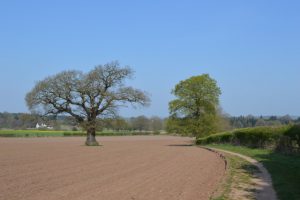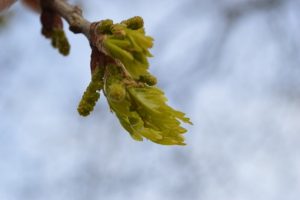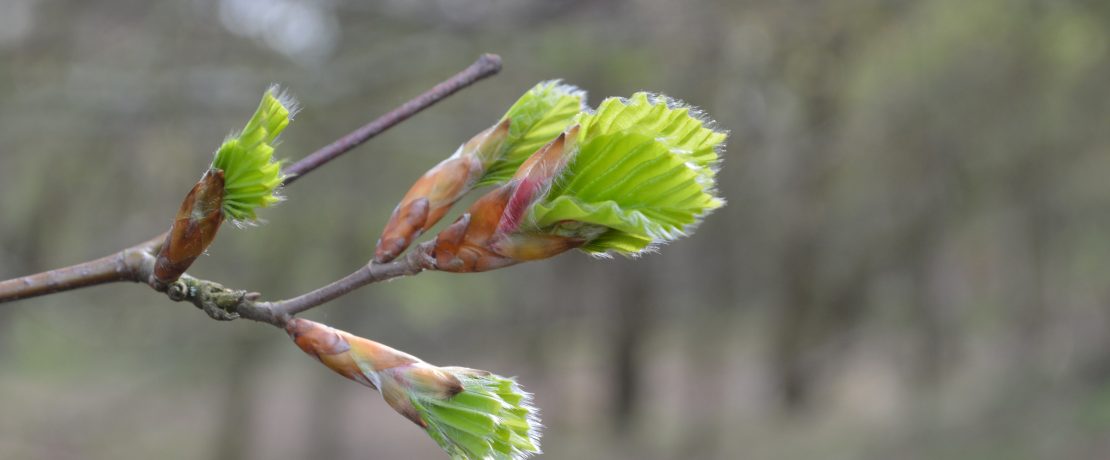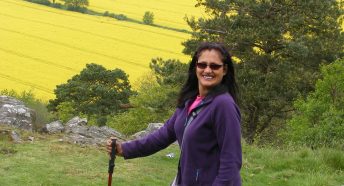Observing the signs of spring
Have trees come into leaf yet, or are they still bare? Have you seen your first butterfly or swallow of the spring? You might be interested in taking part in Nature’s Calendar to help scientists to monitor the effects of climate change on wildlife.
Nature’s Calendar is a long-running citizen science project organised by the Woodland Trust and the Centre for Ecology and Hydrology. Anyone can take part and input their results online. You can record a wide range of species and events, from the first leaves appearing on trees to sightings of flowers, butterflies, birds and fungi.
Despite having read about the project some time ago, I only got round to submitting regular observations in 2018. I’ve chosen several oak trees and beech trees that I regularly pass on my dog walks, and look out for the first leaves appearing in the spring. Even in this short space of time, I’ve found it interesting to see how timings have varied from year to year. In 2018, the year of the Beast from the East, the trees came into leaf later. A year later, when the spring was milder, leaves appeared a couple of weeks earlier.

Each tree has its own pattern; some always get their leaves early on, while their neighbours are still bare, and hang on to them for longer in the autumn. Even an individual tree can show quite a lot of variation, with leaves appearing on some branches while others are still within their buds. It’s helped me feel more connected to my surroundings and to focus on the little details.

Phenology – the ‘science of spring’
The UK has a long tradition of phenology (the study of seasonal changes in plants and animals from year to year), providing a wealth of data for scientists. In 1736, Robert Marsham began 62 years of recording spring species and events on his family estate near Norwich. He called them his ‘Indications of Spring’. Jean Combes was awarded an OBE for recording the precise dates when trees have come into leaf every year since 1947. Her records show that although there’s a lot of variation from year to year, the general trend is towards oak budburst happening weeks earlier than it used to.
The Nature’s Calendar website has plenty of information on what you can record and how, as well as lots of interactive maps, reports and other information. Let us know if you take part – we’d love to hear what you’ve recorded and where.
Happy recording!






